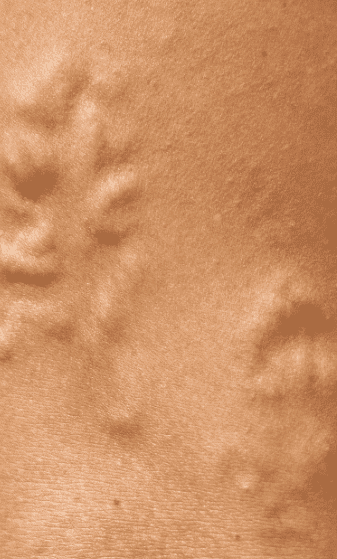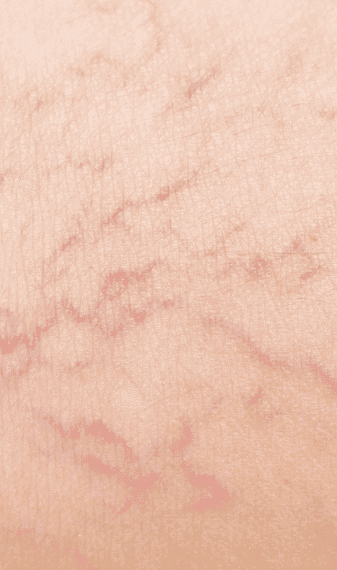What are Spider Vein & Varicose Veins?


Varicose Veins
Varicose veins are large, bulging, and unhealthy blood vessels filled with excess blood. The accumulation of blood in the leg veins leads to the dilation of vein walls, leading to varicose veins that bulge out of the skin’s surface in a twisted, tangled, and knotted form.
Chronic venous insufficiency is primarily responsible for varicose veins. Venous insufficiency is a medical condition wherein your vein valves weaken and blood flows backward, eventually accumulating in your leg veins. The continued accumulation of blood in the leg veins leads to vascular dilation and the formation of varicose veins. Common risk factors for varicose veins include genetic predisposition, age, pregnancy, undergoing hormone therapy, or occupations that involve long periods of sitting or standing still.

Spider Veins
Spider veins also occur due to excess blood accumulation in leg veins, but they’re not always indicative of underlying venous insufficiency. In some cases, however, the collapse of your vein valves can lead to backward blood circulation and the accumulation of blood in your leg veins, thereby leading to spider veins. You have a higher risk of spider veins if you’re genetically predisposed, female, pregnant, or have a sedentary job that involves long periods of sitting or standing still.
Let us give you a Lifechanging Experience. Feel in love with your legs again!
BOOK AN APPOINTMENT NOW
Vein Disease Symptoms

Rеѕtlеѕѕ lеgѕ ѕуndrоmе (RLS)
Chronic venous insufficiency is the likely cause of restless legs syndrome if you also have other symptoms, such as leg heaviness, leg swelling, leg pain, spider veins, or varicose veins. Furthermore, the symptoms of restless legs syndrome caused by vein disease worsen at the end of the day or after long periods of sitting or standing still. The continued accumulation of blood in the leg veins leads to an insatiable desire to shake your legs.

LEG CRAMPS
Most people experience occasional leg cramps, but frequent leg cramps are indicative of dehydration, pregnancy, electrolyte imbalance, or chronic venous insufficiency. If you experience frequent leg cramps despite being hydrated and maintaining a balanced diet, and if the symptoms worsen at the end of the day, you probably have underlying venous insufficiency. The accumulation of blood in the leg veins can lead to frequent leg cramps. Please schedule an appointment at our vein centers in California for a diagnosis and treatment.

LEG HEAVINESS

LEG SWELLING
Are you experiencing painful or uncomfortable vein disease symptoms?
Causes of Vein Disease

CAUSES OF SPIDER VEINS AND VARICOSE VEINS
Chronic venous insufficiency is a medical condition wherein the collapse of vein valves makes blood accumulate in the leg veins, eventually leading to spider veins, varicose veins, and other vein problems. As such, vein disease is catalyzed by the collapse of vein valves, which may occur due to numerous reasons, such as age, genetic predisposition, biological sex, hormone therapy, and occupation. You’re more likely to get spider veins and varicose veins if you’re female, pregnant, undergoing hormone therapy, older than 40, or have a family history of vein problems.

CHRONIC VENOUS INSUFFICIENCY
At its earliest stages, chronic venous insufficiency leads to leg heaviness, restless legs syndrome, throbbing leg veins, leg swelling, leg pain, leg cramps, and spider veins. However, if allowed to persist, the condition worsens until you experience varicose veins, skin discoloration, skin changes, leg ulcers, and deep vein thrombosis (blood clots). That’s why you must consult reliable vein doctors. Our spider vein and varicose vein centers in California identify and treat the root cause of your symptoms, ensuring optimal and long-lasting results.